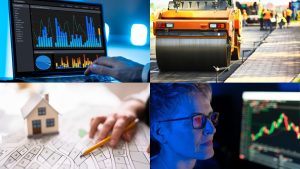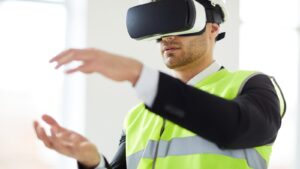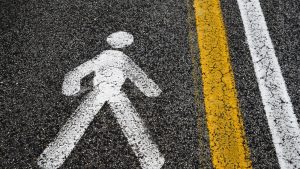The Internet of Things or IoT has revolutionised the way people and companies handle data nowadays. With the enormous amounts of data that can be collected, analysed, reported on, and frequently taken action upon without the need for human interaction or involvement, it offers great potential to transform the way systems work and how businesses operate. It also provides a significant increase in automation. However, IoT can not provide these valuable insights only by itself as it is an interconnected technology.
Sensors are the main hardware that is linked to IoT which offers the inputs that have been collected from various aspects to transmit data-driven insights through AI automation. In this article, we will explore the Utilisation of sensors in IoT and the different types of them.
What are Sensors in IoT Technology?
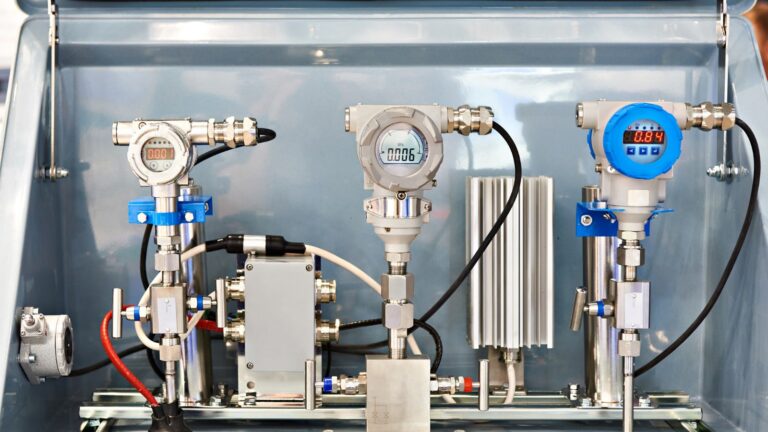
As we know, Sensors are used for sensing things and devices in general. It is a tool that generates an output that can be used in response to a given measurement. In order to detect the existence of a certain physical amount, the sensor acquires a physical parameter and transforms it into a signal that can be processed to work with any device or material’s properties. If briefly explained, the result of a sensor is a signal that can be handled by humans, such as changes in characteristics, resistance, capacitance, impedance, etc.
When it comes to IoT Technology, sensors are machines that listen to inputs from the outside environment and then utilise those inputs to display information, transfer it for further processing, or incorporate artificial intelligence to make judgments or change operational parameters. Through the utilisation of sensors of IoT, businesses that occupy it can make use of these insights to make data-driven decisions as a result.
Top 14 Widely Used Sensors of IoT
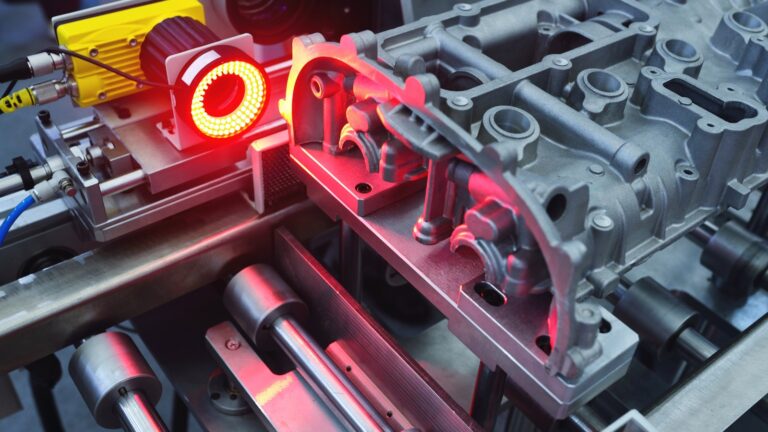
Acceleration sensors
These sensors, commonly referred to as accelerometers, assess the speed at which velocity changes. This might happen as a result of spinning, rapid vibrations, or free fall. In other words, it will enable operators to quantify vibration or shock precisely for a range of applications.
Technologies utilised in acceleration sensors include capacitive sensors and hall-effect sensors, which monitor voltage changes between surfaces and magnetic field changes, respectively.
Chemical Sensors
Since chemicals are widely used in industrial environments, they are mostly occupied in fields like manufacturing, construction, and all other related industries. These types of sensors are helpful in managing the conditions of industrial processes.
That is because they are made to identify the presence of certain chemical compounds that could have accidentally escaped from their containers into areas that are occupied by people.
Gas Sensors
These sensors which are also known as gas detectors are electronic equipment that can inspect and spot different types of gas. They are frequently employed to evaluate gas concentrations and identify explosive or dangerous gases. Gas leak detection, smoke and carbon monoxide detection, and other gas-related tasks are all done at factories and manufacturing facilities with the help of gas sensors.
Gyroscopic Sensors
This type of sensor, also referred to as an angular velocity sensor, is able to recognise changes in rotation angle per unit of time. This enables the detection of elements such as vibration, rotation angle, and direction of rotation. Compared to accelerometers, they are more modern. While accelerometers can only monitor linear motion, they can measure the tilt and lateral orientation of the item.
Humidity Sensors
It can detect relative humidity, which is a measurement of the quantity of water vapour present in the air or another gas. In order to produce materials, controlling environmental factors is essential.
Humidity sensors allow measurements to be obtained and adjustments to be made to minimise rising or falling levels. HVAC systems frequently use this technology to keep targeted comfort levels.
Image Sensors
An image sensor is a piece of technology that transforms optical images into digital signals. It transforms the light that is received on the camera or imaging device lens into a digital picture, which is employed in digital cameras and imaging devices.
The objective of image sensors, regardless of how they are categorised, is to transform incoming light into an electrical signal that can then be viewed, examined, or recorded.
Infrared (IR) sensors
Technologies incorporating infrared sensors pick up the infrared light that the objects release. These kinds of sensors are used by non-contact thermometers to measure an object’s temperature without having to touch it directly with a probe or sensor. They can be used to monitor patient blood flow or blood pressure as well as analyse the heat signature of electronics.
Level Sensors
Level sensors are employed to determine the concentration of various substances, such as liquids, powders, and granular solids. These sensors have been employed by many businesses, such as those that produce oil, treat water, and manufacture food and beverages. As this equipment can determine the amount of waste in a trash can or dumpster, waste management systems offer a typical application case.
Motion Sensors
These are the devices that can detect the movement of a physical item using any of several technologies, such as passive infrared or PIR, microwave detection, or ultrasonic, which detects things using sound.
Sensors like these may automate the operations of doors, sinks, air conditioning, and heating, and other systems in addition to being employed in security and intruder detection systems.
Optical Sensors
An optical sensor turns light waves into an electrical signal. A physical amount of light must be measured by an optical sensor to transfer it into a form that can be understood by an integrated measuring device, depending on the kind of sensor. They are utilised for component placement, counting, and contact-free sensing.
Pressure Sensors
In gases and liquids, a pressure sensor detects changes. The sensor notices variations in pressure and transmits such changes to other systems that are linked. Leak testing, which can be caused by degradation, is one of the most typical application cases. Since pressure changes or dips are easy to detect, pressure sensors are also helpful in the construction of water systems.
Proximity Sensors
This non-contact sensor recognises the existence of a target or item when it enters the sensor’s field of view. Depending on the type of proximity sensor, the sensor may detect a target via sound, light, infrared radiation, or electromagnetic fields.
Smoke Sensors
A smoke detector is an electronic fire prevention equipment that detects smoke on its own, a vital sign of a fire, and emits a warning sound to the residents of the building.
As a component of a building’s central fire alarm system, commercial and industrial smoke detectors transmit a signal to a fire alarm control panel. Smoke detection systems are a standard feature in all workplaces.
Temperature Sensors
These can sense the air or physical object’s temperature and convert it into an electrical signal that can be calibrated to precisely represent the temperature being measured. These sensors can monitor the temperature of the ground to aid with agricultural productivity or the temperature of a bearing in a key piece of machinery to detect when it could be overheating or getting close to breaking down.
Optimising IoT Performance With Sensors
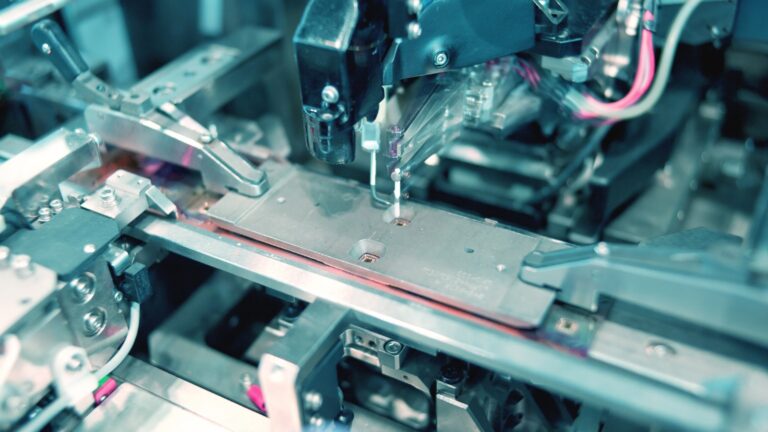
Since we have covered almost every sensor that is being used in the industrial world, you know each sensor covers different aspects. It can vary from humidity, temperature, smoke to level, etc and the industries that implement IoT can have the maximum benefits from these advanced technologies. When you purchase an IoT system, it is always better to check the sensors it has and the areas they cover.

